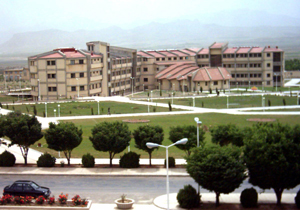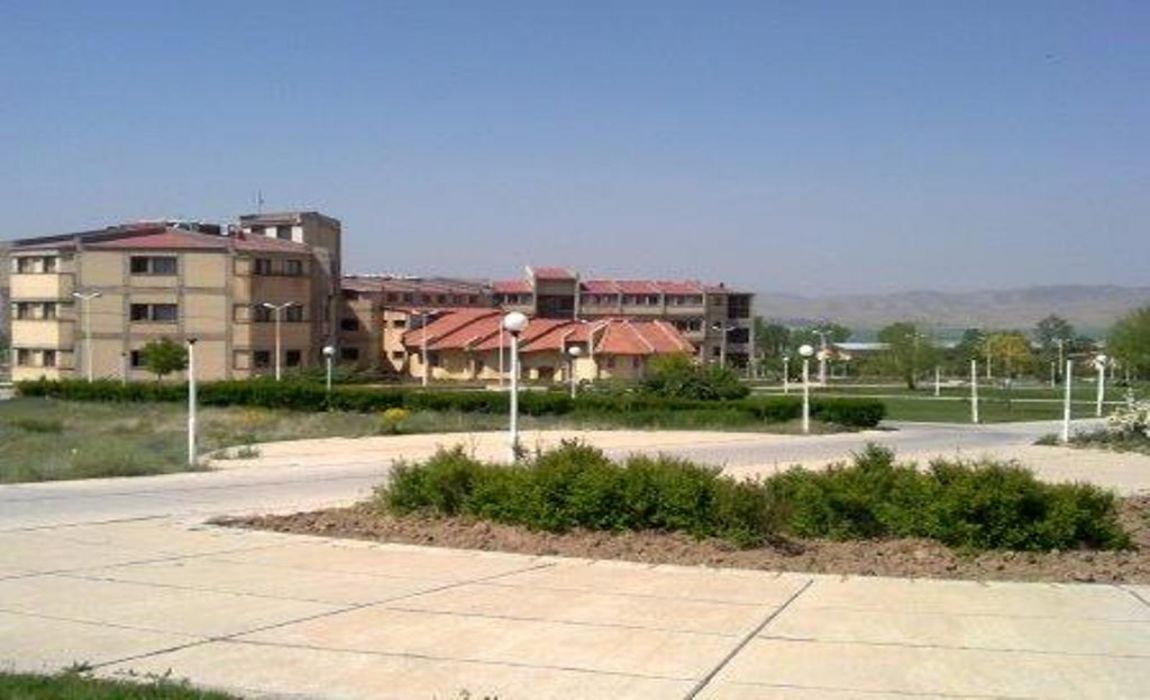Fearing “stigmatization,” patient’s father seeks retraction of paper on rare genetic mutation
The father of a boy with a rare genetic mutation has accused a scientist of exploiting his child by proclaiming the defect a “genetic syndrome” and naming it after herself.
At an impasse with scientists investigating, publicizing, and interpreting his son’s condition, the father seems willing to use any leverage he can muster to remove the “syndrome” entry in an online genetic disease database. Based solely on an email he obtained from the database director, the father became convinced that if the paper underpinning the entry were retracted, the syndrome would go down with it. So earlier this year, he withdrew his consent and asked the journal that published the paper for a retraction, based on improper patient consent. He has also threatened to lob accusations of research misconduct at the paper’s last author.
Marc Pieterse, of The Netherlands, is the father of Vincent, a teenager who has a mutation in the RPS23 gene that has only been found in one other person, so far. In March, an international team of researchers published a paper on Vincent’s RPS23 mutation in the American Journal of Human Genetics (AJHG), linking it to defective ribosomes, organelles involved in protein synthesis.
One of the scientists Pieterse engaged several years ago is Alyson MacInnes, a rare disease researcher at the University of Amsterdam’s Academic Medical Center. She is last author of the AJHG paper and the person whose name is now connected to an entry in the Online Mendelian Inheritance in Man (OMIM) database. MacInnes told Retraction Watch that, contrary to what Pieterse claims, she played no direct role in naming the syndrome; OMIM confirmed this account.
The OMIM entry for “MacInnes Syndrome,” which links the RPS23 mutation with a collection of features that resemble Vincent’s— hearing loss, issues with the hands — was created on March 29, weeks after the paper was published. Pieterse said he was “shocked” when he found it in April as he was browsing the database.
Pieterse told us he feels “used” and fears that the designation will stigmatize his son’s mutation. “A syndrome is a disease,” he said. Now, he wants the database entry either changed — he prefers the umbrella term “ribosomopathy,” which is used in the paper — or taken down.
Believing MacInnes submitted Vincent’s condition for consideration, Pieterse demanded she find a way to remove it. When she didn’t respond, he went directly to AJHG and OMIM to get the paper and syndrome entry removed.
So far, nothing has worked.
A campaign begins
The Pieterses found out about Vincent’s mutation after a long diagnostic odyssey that ultimately resorted to sequencing all the protein-coding regions of Vincent’s genome. In 2015, the Journal of the American Medical Association published a news feature on Vincent’s diagnosis, saying it heralded a new era of clinical genomics.
Marc is a former telecommunications engineer and entrepreneur who has shifted his focus to raising his four children. He told Retraction Watch that although he’s not a scientist, in the years since receiving Vincent’s diagnosis he has committed himself to advocating for further study of the mutation and has even co-authored a paper on RPS23. Marc claims he played a role in connecting MacInnes, Baserga, and several other European scientists, who eventually published the AJHG paper together.
When Pieterse found the OMIM entry for MacInnes syndrome, he believed that MacInnes had created it to boost her career. He told us that after he found it, he tried asking her to take it down. However, their relationship had at that point already suffered a communication breakdown and he didn’t hear back. This further upset him and he began a campaign to bring down the entry by any means possible.
But MacInnes told us she had nothing to do with either the OMIM entry’s creation or its naming:
I did not submit this paper to OMIM or in any way initiate this entry as a syndrome. This was independently picked up by OMIM and registered as such; apparently such registrations are made upon their decision only.
OMIM director Ada Hamosh confirmed this to Retraction Watch:
Dr. Macinnes did not ask for this to be named after herself and did not bring it to our attention.
We are dealing with this gene-phenotype relationship exactly as we would any other. We did this because this is what we do.
Hamosh, a geneticist at Johns Hopkins University, told us that the term “syndrome” is for a constellation of features and that the naming was done in accordance with policies that have long been in place at OMIM:
Sometimes something has too many features to be described succinctly. In that case, the default way to name something is to use the first author’s last name and last author’s last name.
Indeed, Hamosh told us that at first the syndrome was called “Paolini-MacInnes” syndrome, after first author Nahuel Paolini, of the University of Amsterdam. However, Hamosh said OMIM later realized there were four co-first authors. OMIM never adds more than three names to a syndrome, so Hamosh simply named it after MacInnes:
Given how little we know about it, it makes more sense to name it eponymously than after some features I can’t put my hands on, especially since we have a policy on not ever naming something after a gene.
“It’s stigmatizing”
Part of Pieterse’s issue with dubbing the condition a new syndrome is the early and ongoing nature of RPS23 research, and he isn’t alone. In an email to Hamosh, MacInnes’ co-author Susan Baserga, a professor at the Yale School of Medicine, said:
I was very surprised that you are so pressed to name the phenotype as a new syndrome, especially since the clinical findings are so non-specific. I find this very odd indeed, and worry that it muddles the medical and genetic literature instead of providing clarity. This is so new that I am not even sure that it is a syndrome, and worry that it is presumptuous at best and wrong at worst.
Baserga, who did not respond to our requests for comment, also suggested that OMIM simply call the condition a ribosomopathy, as the AJHG paper does. But Hamosh told Retraction Watch:
We never, ever, ever, name a disease after a gene.
Gene symbols are not stable. More fundamentally, many, many, many genes have more than one condition associated with them. It is not a good idea to put a gene name into a disease name. That’s why we won’t call it RPS23 ribosomopathy. It’s not personal, we won’t do this for any gene.
Pieterse told us that neither Hamosh, nor anybody else from OMIM, has ever informed him that OMIM itself created the entry and that “MacInnes Syndrome” is the result of standard naming procedures.
Like MacInnes, Hamosh won’t respond to his attempt at contact. But Pieterse has obtained an email chain, from late April, between those two scientists, as well as Baserga. In it, Hamosh wrote:
Are you planning to retract or correct the paper to indicate the apparent uncertainty regarding its conclusions? If so, we will remove the phenotype and reclassify the variants.
Niether MacInnes nor Baserga thought a retraction was necessary, but this exchange convinced Pieterse that a retraction would force OMIM to remove the entry. So he wrote MacInnes to inform her he was withdrawing his parental consent and asked AJHG to retract the paper. Pieterse told Retraction Watch that the consent form he submitted to the University of Freiburg’s medical center, in Germany (cells used in the study were created there) was very broad and that he believed it would allow him get the paper pulled.
Readers may recall some of the cases we’ve covered in which patient consent issues have led to papers being retracted. Pieterse’s situation most closely resembles a story we covered in 2015, where the authors requested a retraction from the Journal of Medical Case Reports after a legal guardian withdrew permission after publication.
But his attempt to trigger retraction didn’t work. AJHG editor David Nelson, of the Baylor College of Medicine, told Pieterse the journal had looked into the situation but found nothing improper. According to an email shared by Pieterse, Nelson wrote:
Because there was no reason to retract the article due to misrepresentation of scientific content, we investigated the issues around withdrawal of patient consent. We have been in communication with the [University of Amsterdam Academic Medical Center] Biobank Committee and Medical Ethics Committee and they have confirmed that withdrawal from the study is not relevant to the article and data that have been published already.
Given the serious implications of a retraction on the journal, the authors of the article, and the scientific record, we have therefore decided that the American Journal of Human Genetics will not retract the article.
In an email to Retraction Watch, Nelson expanded on what he told Pieterse:
Our understanding from the authors and their institutions who obtained and approved consent for this study is that it is possible for research subjects to withdraw their consent at any time and that samples and information should be destroyed upon withdrawal. However, published scientific articles deriving from the studies are not subject to the consent withdrawal and this was confirmed by individuals familiar with European Union Regulations relating to personal data.
Pieterse told us that knows a retraction would be counterproductive to his long-term goal, which is to see the research around Vincent’s mutation grow. But he still wants to see the OMIM entry come down:
At a certain moment, people are going to cite OMIM in genetics papers and it’s going to spread. If you want to correct something, you should correct it fast. Once the internet is soaked, you cannot do that.
http://retractionwatch.com






